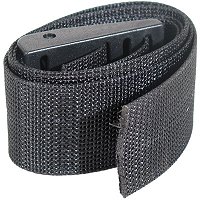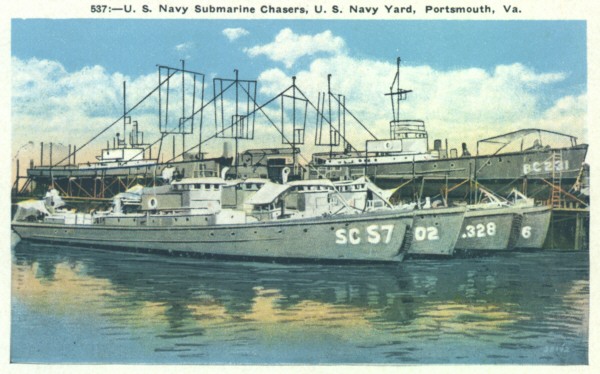2016 Update
Styles and fads come and go, but the advice below remains the same for Buoyancy Compensators. Unless someone figures out how to turn them into gold, there is nothing new to say about lead weights.
These items, along with tanks, are generally considered separately, something that I think is a mistake that often leads to buying equipment that quickly becomes inadequate, especially in the rigorous environment of the North Atlantic. However, it is not difficult to select items that both perform well and allow for future expansion, once you consider the requirements and interactions. To that end, I suggest that you read both the sections on BC & weight systems, and the section on tanks.
Recommendations
While I highly recommend the DiveRite TransPac with Rec Wings and weight pockets, many other manufacturers make equally good "Tech" BCs and components, including Zeagle, OMS, DUI, and many of the other major brands. For those in the market for a new BC, perhaps some of this will help. I know I didn't consider these things when I bought my first BC, and I ended up replacing it. As I said above, I really feel BC, weights, and tanks should be thought of as parts of a system, so please read those sections as well.
The Buoyancy Compensator or BC is thought of primarily as a flotation device, and for warm-water divers with not much more than a single tank and reg, this is pretty much all it needs to be. However, for cold-water divers, the BC serves another and equally if not more important function: it is the base around which all the rest of your gear is assembled. For cold-water diving, a BC may be called upon to support multiple tanks, weights, gauges, bags, and myriad accessories - much more equipment than a tropical diver would ever carry. And not all BC designs are equally good at this.
BCs come in essentially two styles: the jacket style, where the entire BC is sewn into something like an inflatable vest, and the "tech" style, which consists of a web harness to which a back-mounted air bladder is attached for floatation. One thing that most beginners do not realize is that if you planned your dive and weighting correctly, you should be carrying very little air in your BC during your dive; especially true if you use a drysuit. Therefore, many of the manufacturer's big selling points of "interconnected three-dimensional air cells" and the like are more specious marketing hype than useful features, and the old inverted-U back bladder ( clearly descended from an automobile inner tube ) will work just as well as the much more complex and expensive designs, and sometimes better.
More: Buoyancy Compensator ...
Without a doubt, the one item of dive gear that more people complain about is their weight belt. These things are just plain uncomfortable, and more so for northern divers, who usually need extra weight to compensate for a thick wetsuit or drysuit. Weight belts are also tricky for beginners to set up, put on, and adjust properly, and are one of the greatest sources of difficulty that I have observed with students.
But there's a simple solution: get rid of it. With the plethora of weight-integrated BCs on the market today, there is simply no reason not to get a weight-integrated BC. Some of the excellent reasons to do this include:
More: Weight System ...


